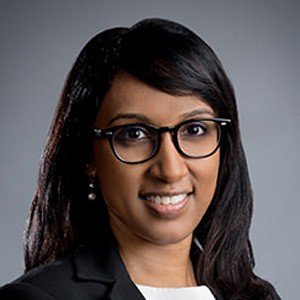Twitter, Inc. v. V V Technology Pte Ltd [2022] SGIPOS 4
31 July 2022
![Twitter, Inc. v. V V Technology Pte Ltd [2022] SGIPOS 4](/storage/media/image/article/79c662560b0a5f1ae00b623ad8c775e3/banner/3baa271bc35fe054c86928f7016e8ae6/conversions/Twitter-%28763-x-445px%29-%281%29-extra_large.jpg)
A recent decision shows the importance of consumer perception of economic linkages to the likelihood of confusion inquiry.
VV Technology Pte Ltd (the applicant) had already registered its mark for goods and services under other classes that overlapped with the opponent’s mark. The applicant then sought to register its mark under Class 42 for several services linked to computer and information technology. Twitter, Inc. (the opponent) opposed the application mark based on its earlier registration of
for a number of goods and services under Class 9, 35, 38, 41, 42 and 45. The opponent invoked Section 8(2)(b) and 8(7)(a) of the Trade Marks Act (Cap. 332, as revised).
The principal assistant registrar found that the opponent’s mark had the usual level of inherent technical distinctiveness but declined assessing its acquired distinctiveness at the marks-similarity stage. The principal assistant registrar found that the generally the marks were visually similar to a low degree as they both reflected a bird of somewhat diminutive stature flying, from a side angle, without showing the “birds”’ eyes. In this particular case, aural similarity was not important when assessing two competing marks that solely comprised devices. In this day and age of smart phones, device marks do not have to be referred to verbally. The principal assistant registrar found conceptual similarity, if not identity, since both marks showed a bird flying. Conceptual similarity was of some importance when the respective devices evinced relatable, distinctive ideas. In the round, the marks were found to be similar.
Noting the intersection between the competing marks’ services, the principal assistant registrar found that some of the services were clearly similar.
While the opponent’s mark, which was well-established, might reduce the likelihood of confusion, consumers could still draw an economic association between the marks. The standing of the opponent’s mark compounded the likelihood of confusion in this regard. Consumers might see the application mark as an upgrade on the opponent’s mark or conclude that the opponent was using a modified version to extend its current suite of digital services. Accordingly, the opponent succeeded on this ground.
Under Section 8(7)(a), it was understood that the opponent had accumulated goodwill from its commercial dealings in Singapore. The principal assistant registrar held that on passing off, the opponent’s previous unregistered marks could be taken into account. The considerations that went to likelihood of confusion also went to finding that misrepresentation had been proven for the purposes of passing off. There was an appreciable risk that the applicant’s misrepresentation would channel sales away from the opponent, resulting in potential loss to the latter. Accordingly, the opponent also succeeded on this ground.








